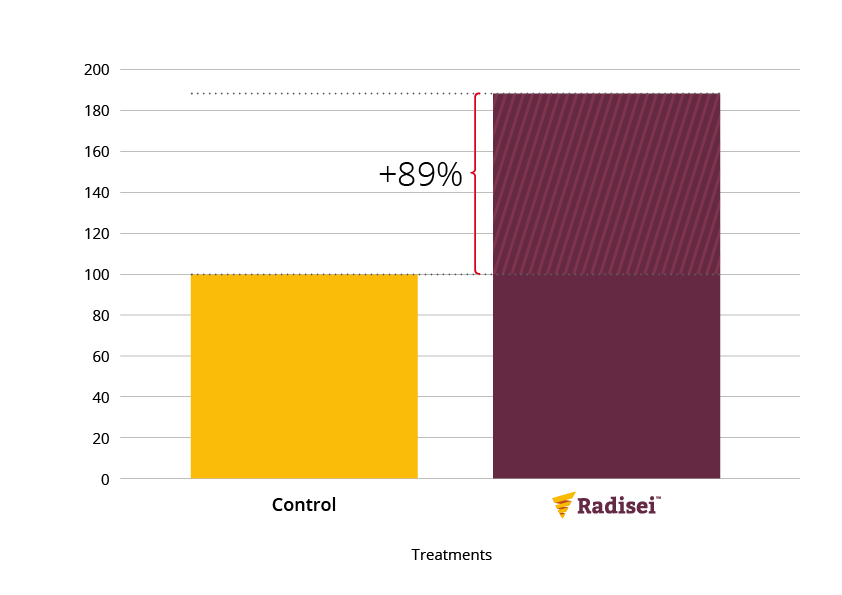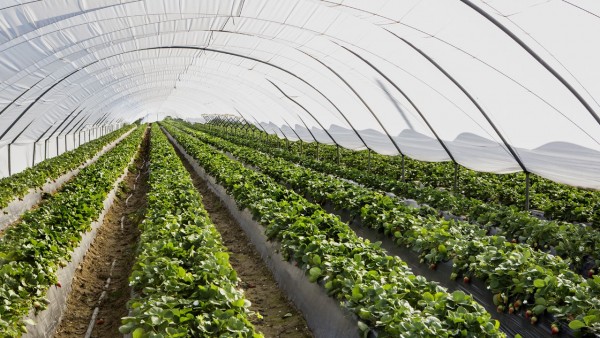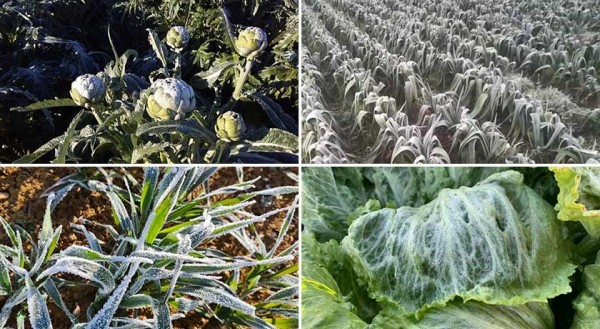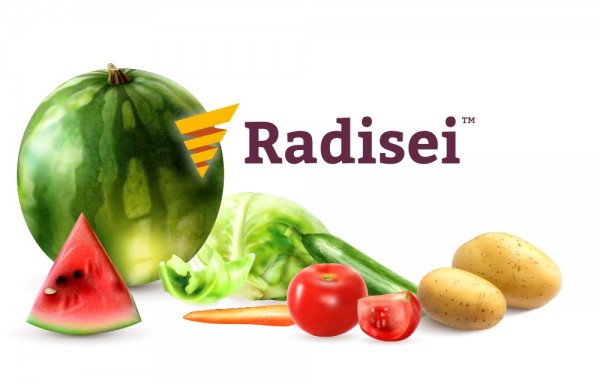The root system and crop development: when what is invisible is most important
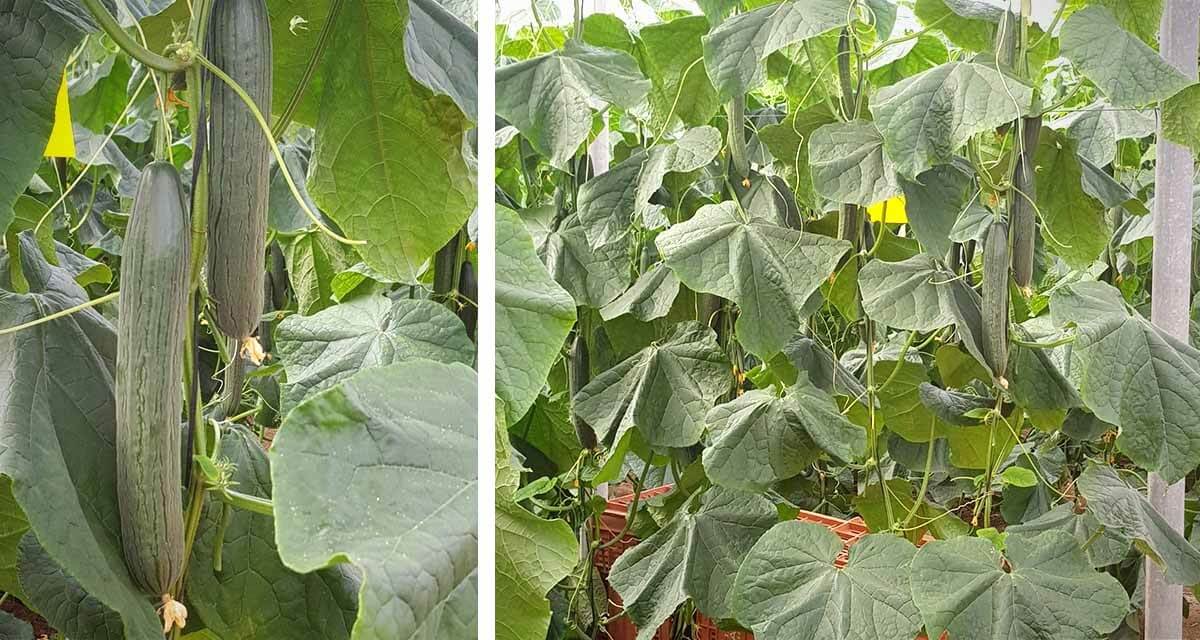
History is full of great geniuses who would never have achieved their full potential without the support of a great man or woman in the background. There are numerous examples of great political leaders, scientists or athletes whose achievements have only been possible because of the help and backing of an unassuming figure at their side. It is the power of invisibility.
Agriculture, as a living organism, bears many similarities with real life and, as such, is also a repository of essential elements which only too often are not given the attention they deserve. Perhaps one of the clearest examples is the root system, a part of the plant that, although invisible, is not for that reason any less important.
Root development plays a crucial role in plant health, and with this in mind, Seipasa has designed Radisei, a new solution created to give crops an optimum start and to ensure high-quality yields, based on root biostimulation.
Roots are a key element during all the stages of crop development. The vegetative part of a plant and its fruits are a mere reflection of the state of its root system. To draw a simile with the human body, the roots are like the brain and in this respect the well-known Latin phrase of mens sana in corpore sano is absolutely true.
he key role of roots begins at the sowing or transplanting stage. It is important to create an environment that favours proper crop establishment as well as one which is capable of helping plants to minimise the stress caused by the new, hostile medium when they are transplanted. The ultimate aim is to generate optimal conditions for plant development.
Radisei is developed with an exclusive strain of Bacillus subtilis. This plant growth promoting rhizobacteria (PGPR) improves the root system's architecture by encouraging the growth of new roots and absorbent hairs, helping the plant to make better use of the resources in the soil.
Biostimulation of the root system
Its application unblocks essential micro and macronutrients in the soil helping plants and trees to absorb them and assimilate them much more efficiently. In other words, the plant increases its capacity to explore the terrain, making it more efficient in absorbing nutrients and better equipped to deal with the type of stress endured after transplanting.
Radisei also helps to improve the plant's response to different types of stress in complex environments such as those of temperature, salinity or water stress. This product is registered with the Ministry of Agriculture, Fisheries and Food and certified for organic agriculture under the UNE standard.
Moreover, the symbiotic relationship that is established between the crop and microorganisms provides numerous specific reactions that benefit production. This is reflected in the results of technical trials that show the positive action of the product on courgettes (zucchini) and cucumbers.
Graph 1 shows an 89% increase in production in plots treated with Radisei compared to the control plots. The trial results endorse the product's action, showing an increase in plant production capacity. Radisei helps generate a much more powerful, well-branched root system which, in its action and effect on the above-ground part of the plant, improves the plant's production capacity.
Thanks to Radisei's action, plants bear greater fruit loads, in spite of the stress this generates, and there is a significant reduction in the number of potentially aborted fruits. The results in terms of final yields are clear.
Graph 1: Courgettes: increase in production (%).
A similar situation is shown in graph 2 in relation to cucumber growing, with a 45% increase in total production in comparison to the control plot.
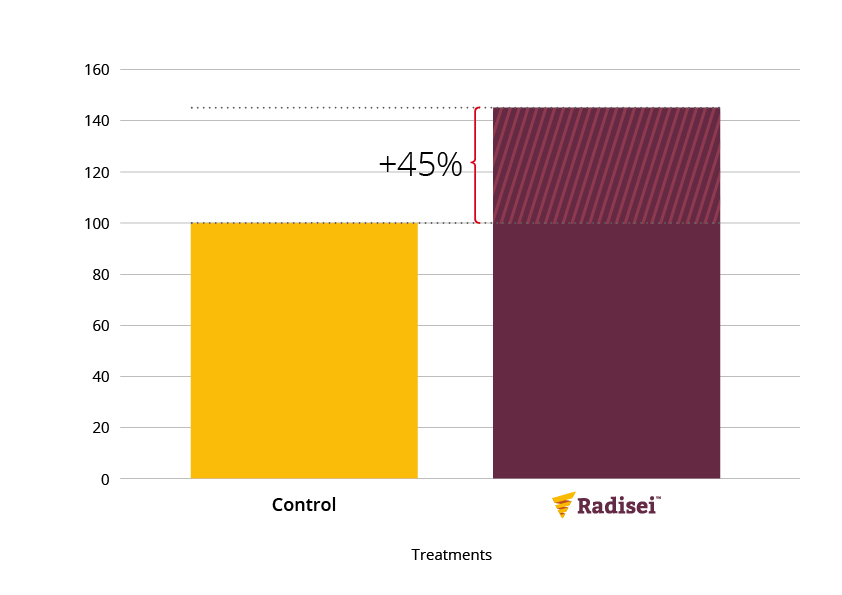
Graph 2: Cucumber: increase in the total weight (kg/ha) of harvested fruits.
Growth promoting bacteria
Radisei provides a biostimulating effect thanks to the action of the plant growth promoting rhizobacteria in its formulation. It has a dual mode of action which, in the soil, causes potassium solubilisation, fixation of atmospheric nitrogen and the production of siderophores.
In the plant, the product's microbiological activity forms a symbiotic relationship with the plant's roots and encourages the production of secondary metabolites which have a positive impact on the crop's physiology, increasing its capacity of photosynthesis and nutrient assimilation. At the same time, the PGPR bacteria form a biofilm around the root that acts as a protective barrier.
As pointed out in the introduction to this article, what happens in the roots has clear repercussions on the above-ground part of the plant and its fruits. The arguments presented here clearly evidence Radisei's biostimulant action thanks to its microbiological root activity and, hence, its effect on production and yields.
In agriculture, just like in other areas of the economy and society, it is important to place the emphasis on what really has a determining effect in terms of its interaction with the rest of the elements. And this is exactly what we have highlighted here: a strong, well-developed root system is the essential basis for healthy, top quality crops.


